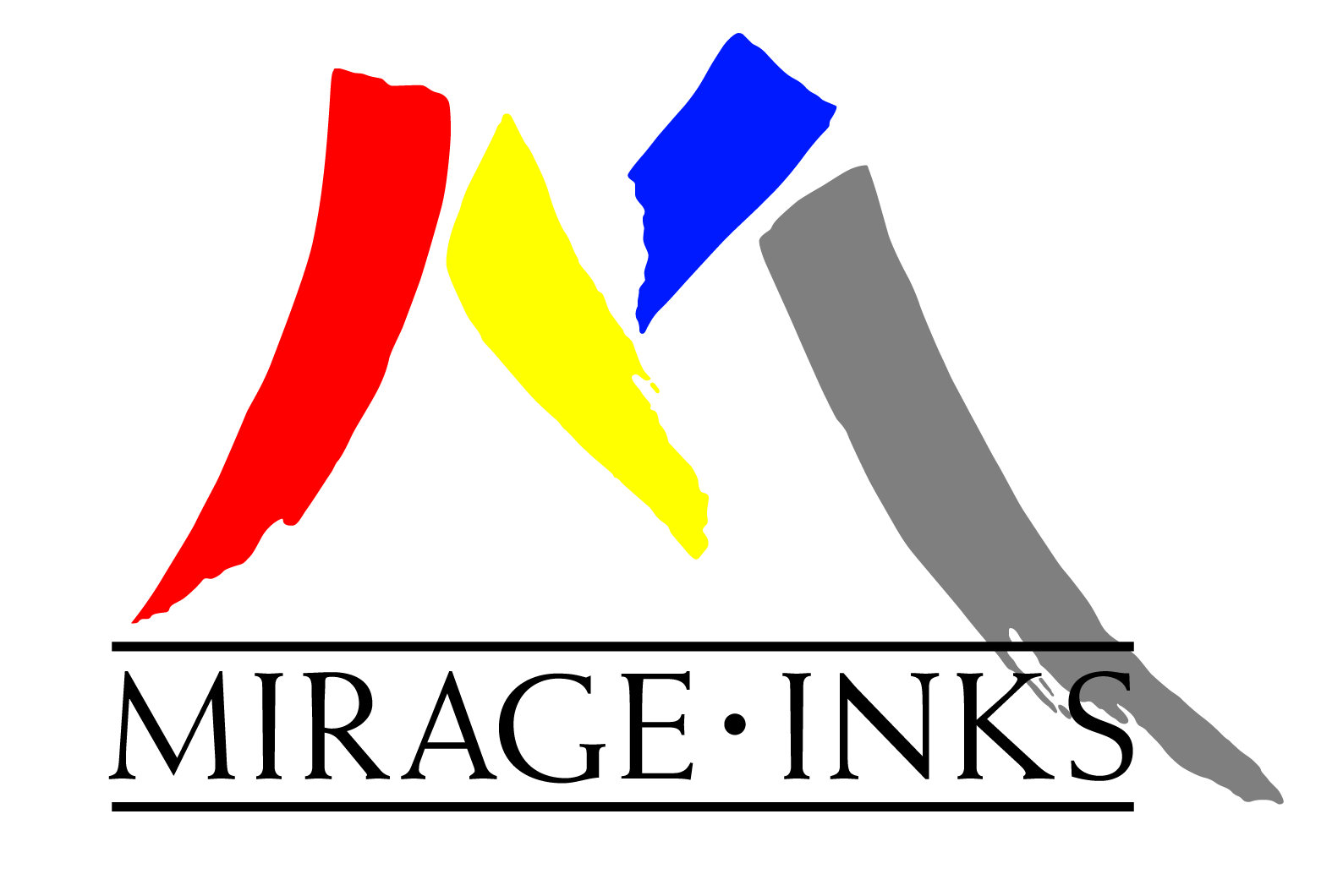UV
Why U.V?
Advantages of U.V. curing vs. solvent & water-based inks.
- 100% solid ink system.
- Less downtime for cleaning/greater productivity.
- Less Waste
- Lower or no abatement costs/reduced fire risk.
- Improved Chemical and abrasion resistance.
- Improved print quality/colour consistency.
- U.V. Flexo attains quality of solvent based gravure.
- Higher gloss levels.
- Press ready inks
Differences – Cationic vs. Free radical
- Cationic formulations exhibit a much lower volume of shrinkage on curing compared to free radical (approximately 4% cf: 20%), this contributes to much better substrate adhesion on a wider range of plastic films and metal surfaces.
- The cationic polymerisation is an acid catalysed reaction which once initiated continues to cure to completion in the absence of U.V. light, whereas a free-radical reaction which is propogated by free radicals ceases almost immediately after exposure. With Cationic therefore there is less potential risk of unreacted materials being able to migrate through packaging materials.
- Cationic formulations in general exhibit lower levels of odour and taint.
- Cationic formulations in comparison have higher resistance properties.
- The cationic reaction is inhibited by humidity in contrast to the free radical reaction which is inhibited by oxygen. Both can be overcome by the application of dry air and nitrogen inertion, respectively.
- The cationic reaction is inhibited by alkaline materials, whereas free radical is not, causing it to be more likely affected by additives and coatings on certain substrates. Also great care must be taken when using a cationic formulation in conjunction with or following the printing of free radical U.V., water and solvent based inks which may contain basic or alkaline materials.
- The free radical reaction mechanism is faster than that of the cationic, however the cure speed of either system is highly dependent on the formulation and curing conditions.

